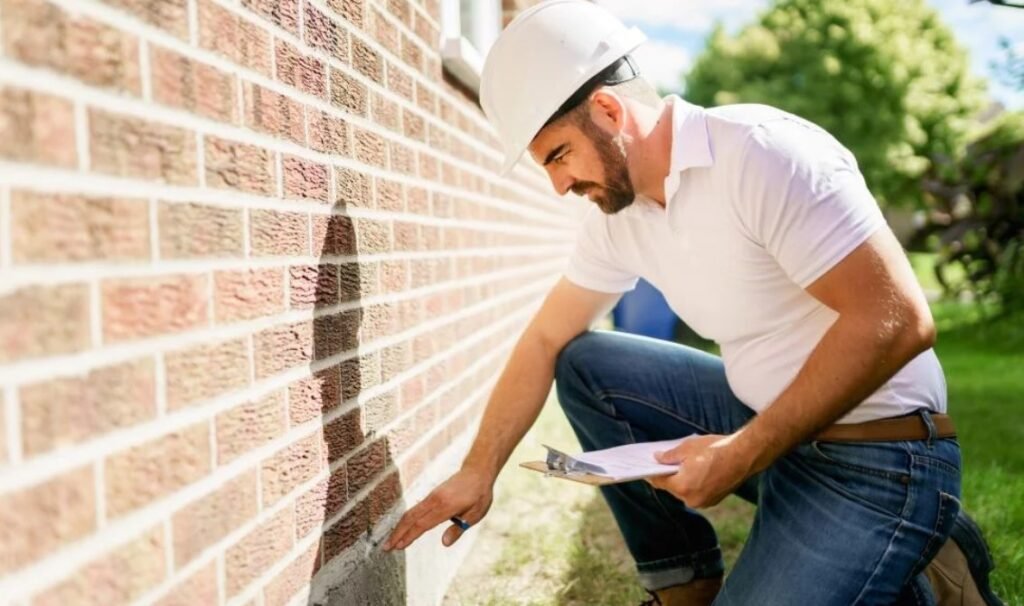Proper heating, ventilation, and air conditioning (HVAC) systems are crucial for ensuring comfort, safety, and energy efficiency in federally assisted housing. For property managers, landlords, and inspectors dealing with U.S. Department of Housing and Urban Development (HUD) units, inspections are not just routine checkups—they are compliance requirements. Understanding How to Inspect HVAC Systems in HUD Properties helps avoid costly violations, maintain tenant satisfaction, and prolong equipment life.
Why HVAC Inspections Are Essential in HUD Housing
HUD properties serve a wide range of residents, often including families, seniors, and individuals with special needs. Ensuring a reliable HVAC system is part of providing safe and habitable housing. Poorly maintained systems can lead to:
- Increased utility costs
- Reduced indoor air quality
- Safety hazards like gas leaks or electrical failures
- Tenant complaints and regulatory issues
By mastering how to Inspect HVAC Systems in HUD Properties, managers can protect both residents and investments.
Understanding HUD Requirements for HVAC Systems
Before beginning inspections, it’s important to understand HUD’s expectations. HUD guidelines generally emphasize:
- Functional heating and cooling equipment
- Adequate ventilation for healthy indoor air
- Safe electrical and gas connections
- Energy efficiency in compliance with local codes
HUD inspections, often conducted under Uniform Physical Condition Standards (UPCS) or the new National Standards for the Physical Inspection of Real Estate (NSPIRE), check whether HVAC systems meet these standards.
Step 1: Pre-Inspection Preparation
When approaching How to Inspect HVAC Systems in HUD Properties, preparation is critical. Gather:
- Maintenance logs
- Manufacturer manuals
- Previous inspection reports
- Tools for measuring airflow, temperature, and system pressure
This ensures inspectors or maintenance staff can identify recurring issues or neglected repairs.
Step 2: Exterior Unit Examination
Many HUD properties have exterior HVAC components, such as condensers or heat pumps. Inspectors should check for:
- Physical condition: Bent fins, rust, or debris buildup
- Clearance: At least two feet of space around the unit for proper airflow
- Security: Units should be stable and free from tampering risks
- Connections: Refrigerant and electrical lines must be intact and safely insulated
These checks align with HUD’s focus on habitability and safety.
Step 3: Interior System Inspection
The interior components of HVAC systems directly impact tenant comfort. When learning How to Inspect HVAC Systems in HUD Properties, focus on:
- Thermostat: Ensure it is operational, properly mounted, and calibrated
- Air filters: Dirty filters can cause inefficiency and poor indoor air quality
- Ductwork: Look for leaks, blockages, or damage that reduces airflow
- Blower motor: Verify functionality, lubrication, and absence of unusual noises
These small details help avoid larger mechanical failures.
Step 4: Safety Features and Compliance
HUD emphasizes tenant safety. Inspectors must confirm:
- Carbon monoxide detectors are installed and functional where required
- Gas lines show no signs of leaks or corrosion
- Electrical wiring and breakers meet code requirements
- Emergency shutoff switches are accessible and clearly labeled
In How to Inspect HVAC Systems in HUD Properties, safety is as important as efficiency.
Step 5: Performance Testing
Beyond visual checks, inspectors should test system performance:
- Heating mode: Confirm furnace or heat pump achieves expected temperature rise
- Cooling mode: Measure output to verify sufficient cooling capacity
- Airflow testing: Ensure consistent circulation across rooms
- Humidity control: Check whether system regulates indoor moisture levels
Documenting these results is vital for HUD compliance and long-term system reliability.
Step 6: Documentation and Reporting
Inspection results must be carefully recorded. A standard report for How to Inspect HVAC Systems in HUD Properties should include:
- Date and location of inspection
- Specific system components checked
- Identified issues or code violations
- Recommended corrective actions
- Photographs of deficiencies
This record provides a defense during HUD audits and supports preventive maintenance.
Common Issues Found in HUD Property HVAC Systems
During inspections, recurring problems often include:
- Clogged filters leading to weak airflow
- Thermostats malfunctioning or improperly installed
- Refrigerant leaks reducing cooling efficiency
- Aging equipment beyond its service life
- Improperly sealed ductwork causing energy loss
Recognizing these issues ensures faster repairs and compliance with HUD standards.
Best Practices for Ongoing Maintenance
Inspection is only part of the equation. To maintain compliance, property managers should:
- Schedule seasonal maintenance (before summer and winter)
- Train staff on How to Inspect HVAC Systems in HUD Properties at a basic level
- Establish a tenant reporting system for HVAC problems
- Replace filters every 60–90 days
- Budget for timely upgrades when systems become outdated
This proactive approach prevents emergency repairs and fosters tenant satisfaction.
Benefits of Regular HVAC Inspections in HUD Housing
Conducting thorough inspections delivers numerous benefits:
- Regulatory compliance: Avoid penalties and failed HUD audits
- Tenant health and comfort: Maintain consistent temperatures and air quality
- Cost savings: Prevent small issues from escalating into major repairs
- Energy efficiency: Lower utility expenses for both landlords and tenants
- Extended system lifespan: Proper maintenance reduces premature breakdowns
By understanding How to Inspect HVAC Systems in HUD Properties, managers ensure housing remains both compliant and livable.
Conclusion
Inspecting HVAC systems in federally assisted housing is not just about keeping equipment running—it’s about safeguarding tenant health, ensuring compliance, and preserving property value. By following the steps outlined in How to Inspect HVAC Systems in HUD Properties, property managers and inspectors can create safer, more efficient, and more comfortable living environments. Routine attention to detail, proper documentation, and proactive maintenance are the keys to successful HUD property management.

